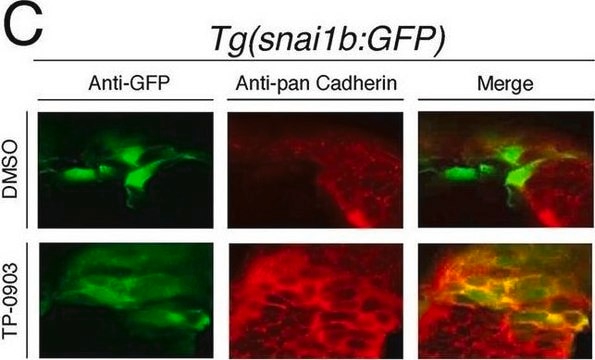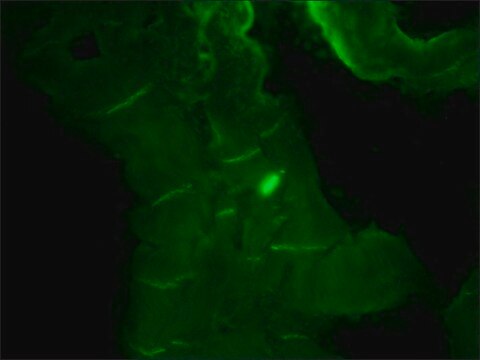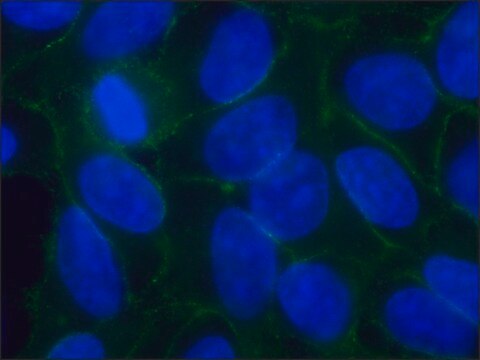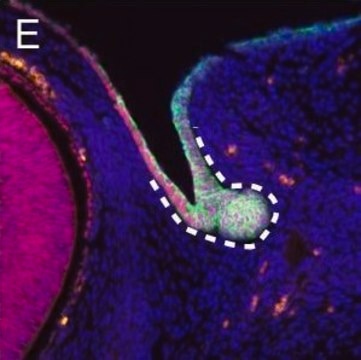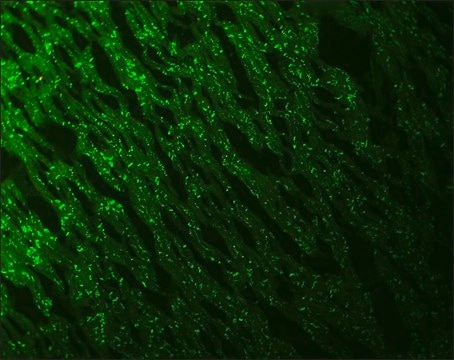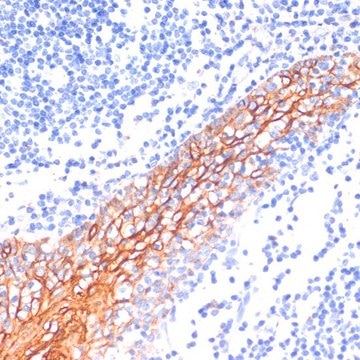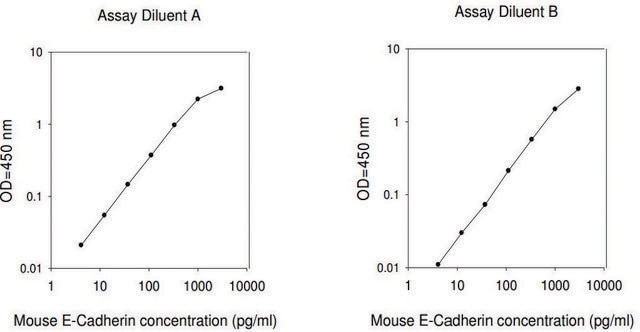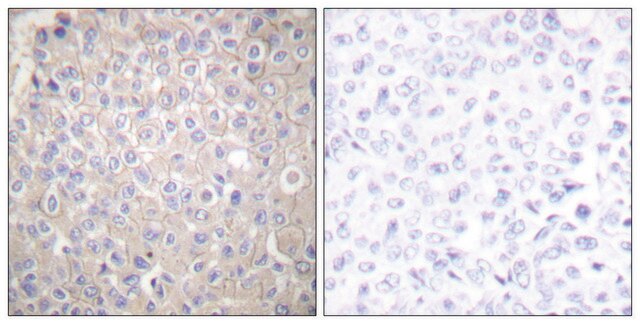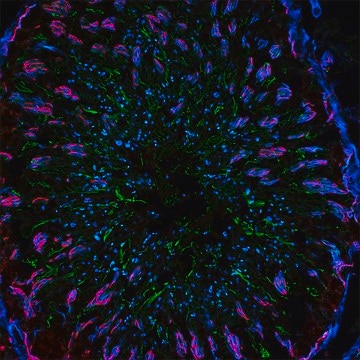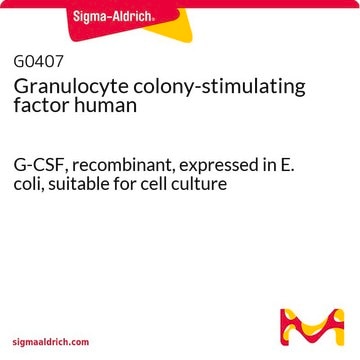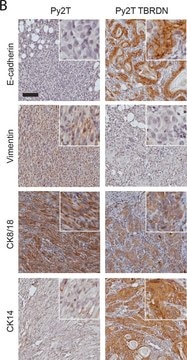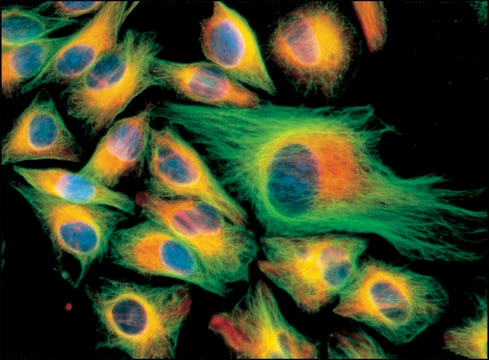C1821
Monoclonal Anti-Pan Cadherin antibody produced in mouse
clone CH-19, ascites fluid
Synonym(s):
Monoclonal Anti-Pan Cadherin
About This Item
Recommended Products
biological source
mouse
Quality Level
conjugate
unconjugated
antibody form
ascites fluid
antibody product type
primary antibodies
clone
CH-19, monoclonal
mol wt
antigen 135 kDa
contains
15 mM sodium azide
species reactivity
canine, frog, snake, guinea pig, chicken, pig, feline, bovine, rabbit, hamster, Psammomys (sand rat), goat, rat, human, sheep, mouse
technique(s)
immunohistochemistry (formalin-fixed, paraffin-embedded sections): 1:500 using protease-digested animal heart sections
indirect immunofluorescence: 1:500 using cultured MDBK cells
microarray: suitable
western blot: suitable
isotype
IgG1
UniProt accession no.
application(s)
research pathology
shipped in
dry ice
storage temp.
−20°C
target post-translational modification
unmodified
Gene Information
human ... CDH1(999) , CDH2(1000) , CDH3(1001)
mouse ... Cdh1(12550) , Cdh2(12558) , Cdh3(12560)
rat ... Cdh1(83502) , Cdh2(83501) , Cdh3(116777)
Looking for similar products? Visit Product Comparison Guide
General description
Cadherins that are primarily located in areas of cell-cell contacts are involved in selective cell sorting and in the mechanical cytoplasmic response. They are implicated in morphogenetic processes, intercellular signalling and in tumor invasiveness and metastasis.
Multiple cadherins have been characterized from diverse species and tissues including E-Cadherin, N-Cadherin (A-CAM), P-Cadherin, V-Cadherin, R-Cadherin and T-Cadherin. Specific polyclonal antibodies against a highly conserved sequence from the cytoplasmic C-terminal of N-Cadherin has been prepared.
Specificity
Immunogen
Application
- fluorescence imaging
- immunohistochemistry
- western blotting
- immunoblotting
- immunofluorescence
Biochem/physiol Actions
Disclaimer
Not finding the right product?
Try our Product Selector Tool.
recommended
wgk_germany
nwg
flash_point_f
Not applicable
flash_point_c
Not applicable
Certificates of Analysis (COA)
Search for Certificates of Analysis (COA) by entering the products Lot/Batch Number. Lot and Batch Numbers can be found on a product’s label following the words ‘Lot’ or ‘Batch’.
Already Own This Product?
Find documentation for the products that you have recently purchased in the Document Library.
Customers Also Viewed
Our team of scientists has experience in all areas of research including Life Science, Material Science, Chemical Synthesis, Chromatography, Analytical and many others.
Contact Technical Service